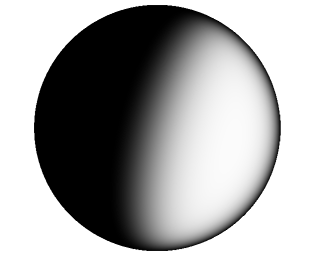Lecture 8: Cook-Torrance GGX
Power exponent
In traditional Blinn-Phong we had a simple power parameter (usually called shininess) that we used to control the size and intensity of the specular highlight.
In Cook-Torrance we want to have a more general parameter that can be used in multiple places.
Cook-Torrance defines a constant that indicates the roughness of the material, with 0 indicating ideal smooth surfaces and 1 indicating maximum roughness.
In practice you never want to use absolute 0 or 1 since these edge cases tend to produce divide-by-zero and other issues.
We can then relate our new parameter to our old power variable as such:
roughness is one of the material properties defined by our .pov files.
We’ll use UE4’s convention for determining from roughness:
Note that for traditional Blinn-Phong (specifically, not just but if we aren’t doing Cook-Torrance at all), you should still use the above power equation for shininess,
but you don’t need to square the roughness constant:
This is an arbitrary convention but I have found it works reasonably well!
GGX Equations
Normal Distribution Function

is the positive characteristic function:
Geometric Shadowing Function

is the angle between and .
Implementation Details
Every dot product in these equations should be “saturated”, i.e. clamped between 0 and 1.